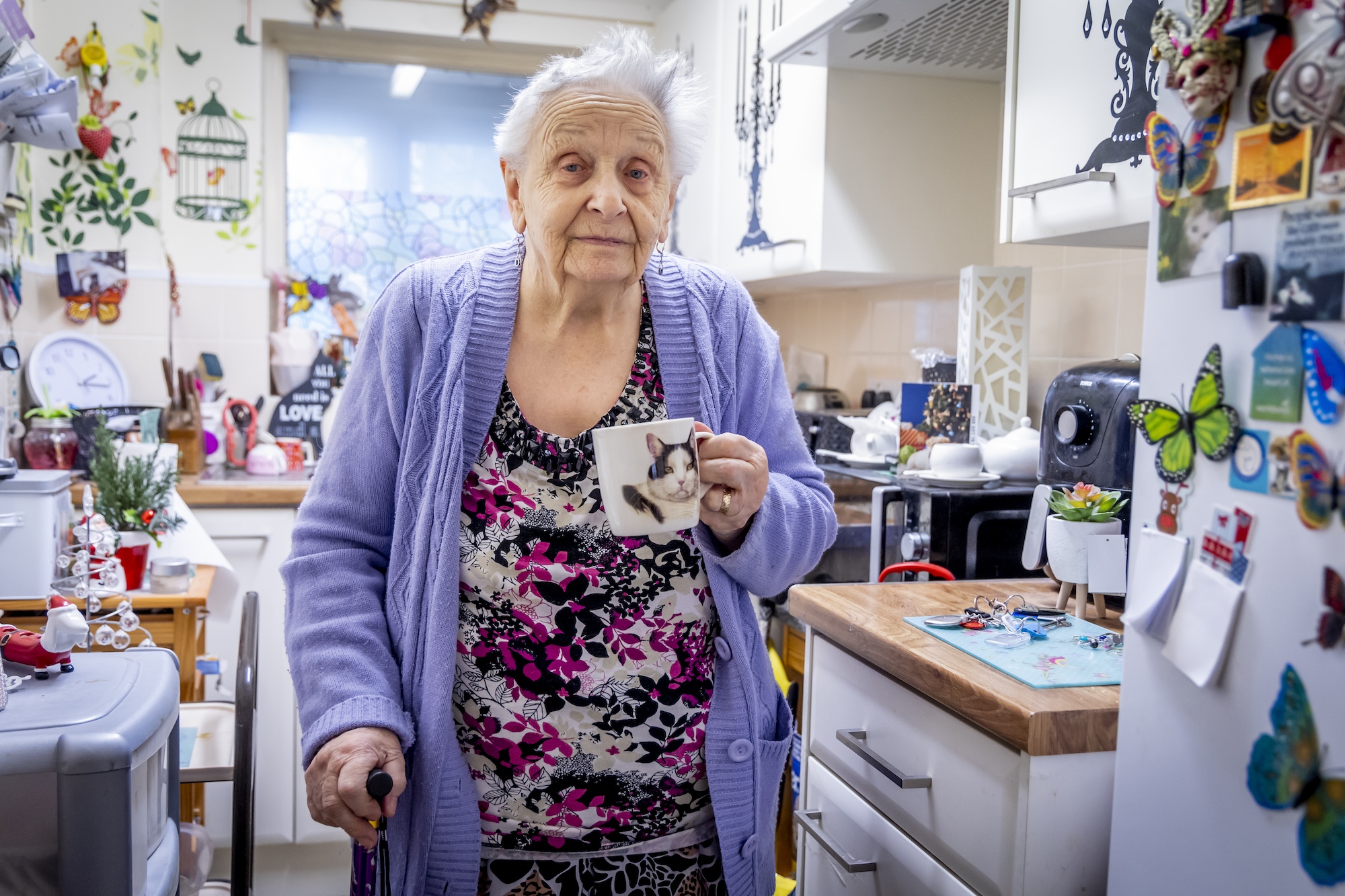News & Insights
Prioritising Falls Prevention in Social and Community Housing
10th January 2024

News & Insights
10th January 2024

Falls represent a significant and often under-recognised hazard in the home, particularly for older individuals. This issue is especially relevant for social housing providers, who have a key role in safeguarding the well-being of their tenants, many of whom may be elderly and more vulnerable to falls.
Research reinforces the size of this challenge, revealing that falls are the leading cause of accidents in the home. This risk escalates with age: individuals aged 65 and over have a one in three chance of falling each year, and this probability rises to 50% for those aged 80 and above. The repercussions of these falls are not only physical and psychological for the individuals affected but also have significant financial implications. The annual cost to the NHS for treating fall-related injuries in the home is estimated to be around £2.3 billion.
Given these statistics, The Royal Society for the Prevention of Accidents (RoSPA) has emphasised the critical need for housing associations and registered social landlords to prioritise falls prevention, especially during the winter months when risks may be heightened. RoSPA stresses that falls in and around the home should be among the top concerns for these organisations. Their message is clear: proactive measures and dedicated strategies are essential to mitigate the risk of falls and ensure the safety and well-being of tenants.
Social housing providers can adopt various strategies to tackle the challenge. These include conducting regular safety assessments of properties, offering educational sessions to raise awareness among tenants about the risks and prevention strategies, and making physical modifications to properties where necessary to enhance safety.
As an example, Trent & Dove, a social housing provider in East Staffordshire, piloted a year-long falls prevention project targeting tenants aged 60 and over. The results were remarkable: a 69% reduction in falls experienced by participants. The project involved raising awareness about the risks and consequences of falls and supporting tenants to implement personal prevention measures. It included educational sessions and home visits, which were instrumental in reducing the likelihood and severity of falls.
However, there is a significant opportunity for social housing providers to embrace digital innovation and online solutions to underpin and transform the delivery while increasing engagement in fall prevention programmes. In addition to face-to-face tenant support and home risk assessments, integrating digital platforms like 'Steady On Your Feet' can provide tenants with accessible, comprehensive, and personalised resources to help them stay safe and reduce the risk of falls.
Integrating Digital Platforms for Enhanced Fall Prevention
In this context, digital platforms like Steady On Your Feet can play a pivotal role in underpinning fall prevention campaigns and schemes. By providing an online hub of advice and guidance, self-care tools, online assessments, ongoing support, and capturing referrals into support services, digital platforms can make fall prevention more accessible and effective.
How Steady On Your Feet Can Help
Accessible Information and Guidance: Steady On Your Feet offers a wealth of information on fall prevention tailored to the needs of older adults. This information can be crucial in educating residents on how to reduce the risk of falls in their homes.
In conclusion, incorporating a comprehensive fall prevention strategy is essential for social and community housing providers. With digital platforms like Steady On Your Feet, housing associations can effectively support the health and safety of their older residents, reducing the risk of falls and improving their overall quality of life.
Share this post:
Let's talk falls prevention
